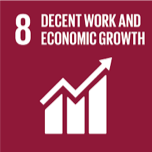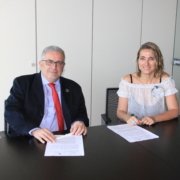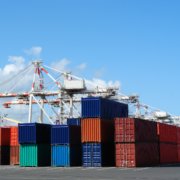“Partnership is the new leadership”

Written by Lidia Slawinska, Digital Communication Manager – Escola Europea Intermodal Transport
Recently, while I took a walk to wind down from a long workday, I came upon an episode of a podcast “The Bid”. Hosted by Mark Wiedman, this particular episode invited the CEO of the Volvo group Martin Lundstedt to talk about the future of transportation. As the conversation went on, a catchphrase voiced by Mr Lundstedt stuck out to me: “Partnership is the new leadership”. It sounded simple to me, and yet it resonated with a powerful message. The conversation focused on fully electric heavy-duty trucks of the Volvo group, but the sentiment can be extended to the larger transport sector when thinking about its future. And there is very little doubt that its future is green.
We need to make sure that we are working together to lower emissions, achieve better designs and ensure seamless transitions. This is what is expected of us to protect our beautiful green planet. This is what was in the mind of Martin Lundstedt in his conversation with Mark Wiedman, and what should be on all of our minds.
Partnering towards lower emissions
One of the main goals today of our industry is to combat greenhouse gas emissions. To achieve carbon neutrality by 2050 is an extremely ambitious goal, and without collaboration perhaps it is impossible. Companies need to set aside their competitive differences and work together to come up with common standards and solutions that target traditional polluters and uplift renewable and clean alternatives.
A great example of collaboration in this field is the Blue Visby solution. The main idea behind this innovation is the eradication of an old principle of “Sail Fast, then Wait.” Through a multilateral platform, companies can use a “queuing system” for ships with a common port of destination. By sailing slower, vessels emit less polluters into the atmosphere and have a fast and efficient turn-around time whilst in-port (as the algorithm sets the optimal arrival time). For companies that collaborate and ascribe to this solution, competitiveness is not at the forefront – rather it is environmental sustainability (as well as efficient supply chain management).
Partnering towards better vessels
Another great field of opportunity for partnerships is vessel design. There is a huge demand for greener next generation vessels that integrate both smart technologies and rely on green and renewable fuels.
The processes to create and troubleshoot such designs are long, complicated and time consuming. Working together with other companies involved in similar initiatives not only brings together more minds to create the most efficient designs possible, but also speeds up the processes. Naval engineers, ship owners, classification societies and other actors need to be able to collaborate effectively and communicate easily.
Using new technologies, 3D models and online simulators, data can be shared across the band of shareholders. By using protected web-based information sharing platforms, agents can rest assured that their intellectual property rights are not infringed upon, whilst nourishing a pool of new ideas. A great example of this is the virtual reality tool used by Knud E. Hausen – Ship Space – which allows up to 64 users to work on a similar design using VR instead of relying on the traditional CAD software.
These solutions don’t need to be limited to vessel design. Different port authorities can work together to compare and integrate different technological solutions in different environments, therewith building on new ideas and sharing the innovative alternatives – making transport journeys consistent and easy for shippers calling at different ports.
Partnering towards seamless transitions
No innovation will be effective if the industry does not accept it. Agents across the board need to embrace innovative solutions and let the traditional processes gradually fade away. The transition towards new technologies and new fuels needs to be seamless and, above all else, secure. Any new modifications to a vessel (new batteries, carbon capture, etc.) can affect its stability profile, and therefore constant monitoring is needed to ensure the success of the change.
Innovative partnerships between vessel operators and onshore agents make this possible through the use of digital platforms. The Cloud can provide vast amounts of storage and up-to-date data to actors at sea and on land, ensuring that variables are regularly updated.
“Given the speed and breadth of the technology transition, this more proactive and collaborative approach is essential to maintain the trust of a key partner: seafarers” (Splash 247).
An example of such a partnership can be found in the Port of Barcelona, where 5G technology and a comprehensive 5G network will soon be tested for the first time in Spain. The platform will make it possible for agents within the port community and operators on land and at sea to communicate with each other and exchange information quickly and securely.
Final thoughts
We are taught as children that we need to share. We are told that teamwork is the path forward. At school we are frequently placed in small groups to work on presentations across all subject areas – underscoring the value that educators put on teamwork in a formative environment
As adults, we need to embrace that mindset as well. The climate emergency that we are facing today is very real – and to face it we need to reinforce whatever partnerships exist and create others, putting aside our competitive factors. We need to share ideas and solutions and work together to put them into action. We need to be partners with our direct and indirect competitors to make sure that our industry moves forward. With new technologies and ever-expanding research base, we have everything at our disposal to lead us through partnerships, and therewith help our companies, industries and even our planet thrive.
Sources:
· https://splash247.com/a-digital-framework-to-collaborate-on-decarbonisation/
· https://podcasts.apple.com/us/podcast/the-bid/id1441032838?i=1000585054887
· https://www.knudehansen.com/news/ship-design-review-collaboration-virtual-reality-tools/

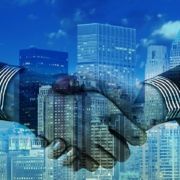
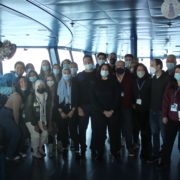



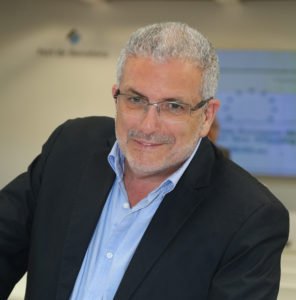


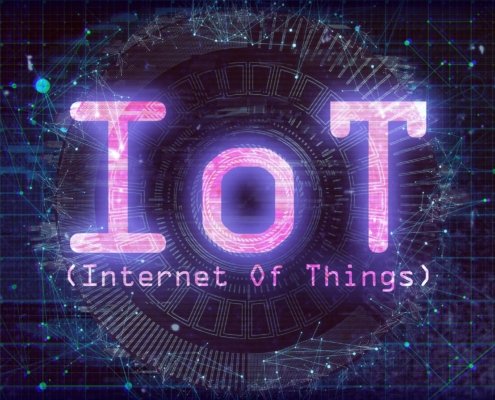
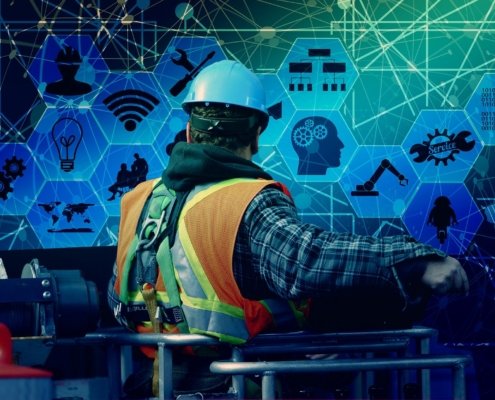


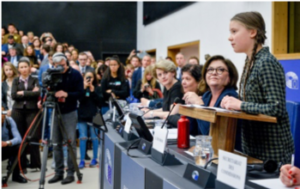
 ace, including those related to poverty, inequality, climate change, environmental degradation, prosperity, peace and justice. The Goals are interlinked and, if we are not to leave anyone behind, it is important that we attain each Goal by 2030.
ace, including those related to poverty, inequality, climate change, environmental degradation, prosperity, peace and justice. The Goals are interlinked and, if we are not to leave anyone behind, it is important that we attain each Goal by 2030.
 Grimaldi presents vessels that contaminate less during port stays, and has begun associating itself with the Clean Shipping Alliance 2020 (CSA 2020). CSA 2020 defines itself as a group of leading companies from the commercial shipping and cruise industries that have been leaders in emission control efforts and have made significant investments in research and analysis, funding and committing resources to comply with 2020 fuel requirements through the development and use of Exhaust Gas Cleaning Systems (EGCS).
Grimaldi presents vessels that contaminate less during port stays, and has begun associating itself with the Clean Shipping Alliance 2020 (CSA 2020). CSA 2020 defines itself as a group of leading companies from the commercial shipping and cruise industries that have been leaders in emission control efforts and have made significant investments in research and analysis, funding and committing resources to comply with 2020 fuel requirements through the development and use of Exhaust Gas Cleaning Systems (EGCS).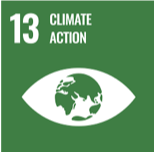
 Aristotle considered that attaining the fullness of the expression of human capabilities is the meaning and end of every individual.
Aristotle considered that attaining the fullness of the expression of human capabilities is the meaning and end of every individual.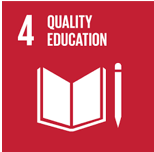 Quality education understood as a duty for life. Our education and that of those who at some point depend on us: children, employees, relatives. Let us value having been born into a society that has provided us with access to exceptional education.
Quality education understood as a duty for life. Our education and that of those who at some point depend on us: children, employees, relatives. Let us value having been born into a society that has provided us with access to exceptional education. Gender equality is not only a fundamental human right, but the necessary foundation for a peaceful, prosperous and sustainable world. A society, organization or person who does not understand that we all have the same rights and obligations is ill. If you have to hire, pay, distribute and organize the work always seek this equality.
Gender equality is not only a fundamental human right, but the necessary foundation for a peaceful, prosperous and sustainable world. A society, organization or person who does not understand that we all have the same rights and obligations is ill. If you have to hire, pay, distribute and organize the work always seek this equality.